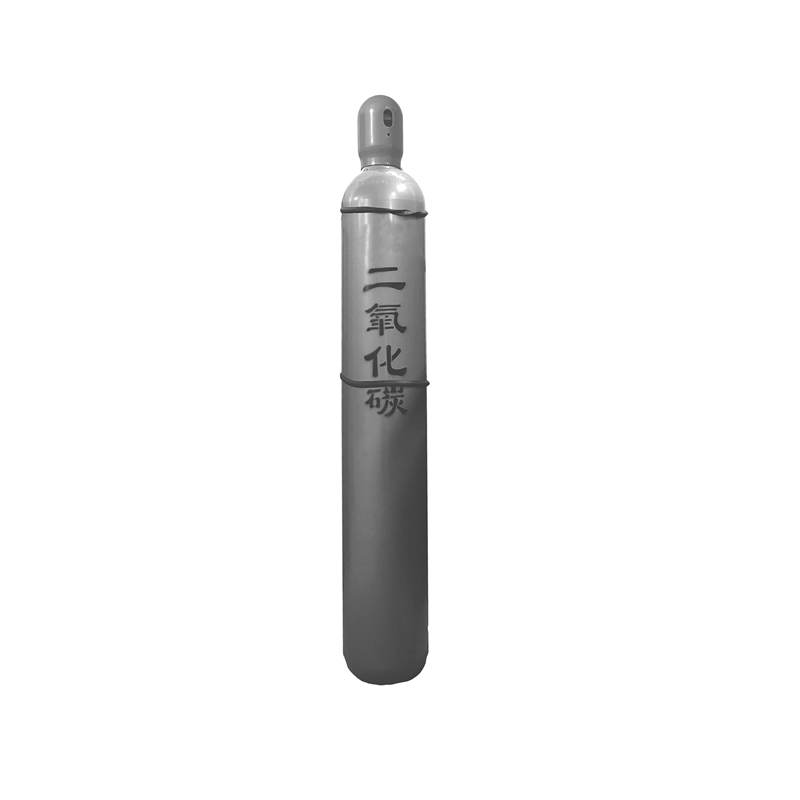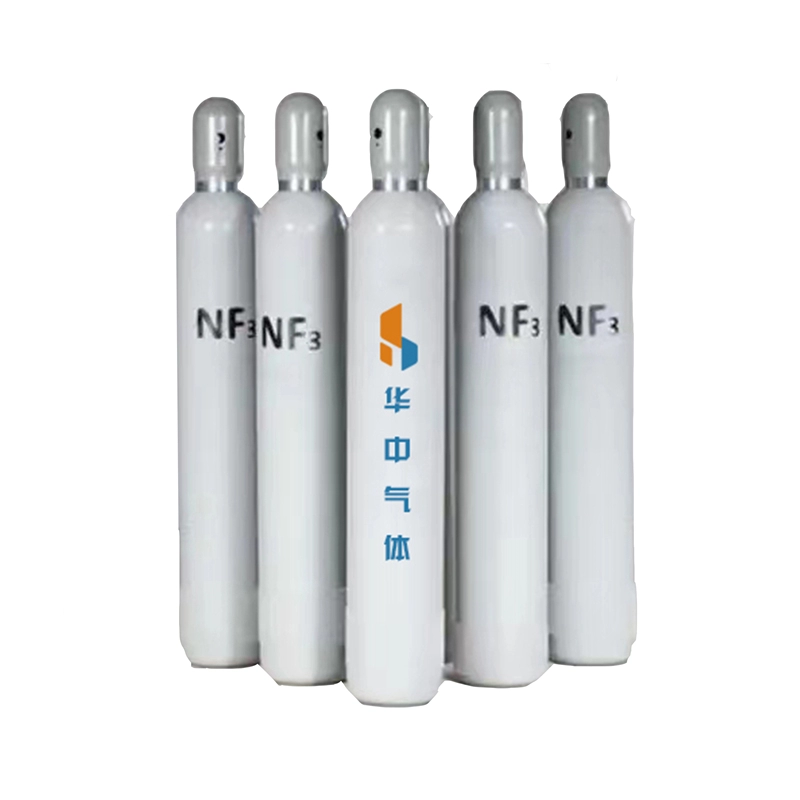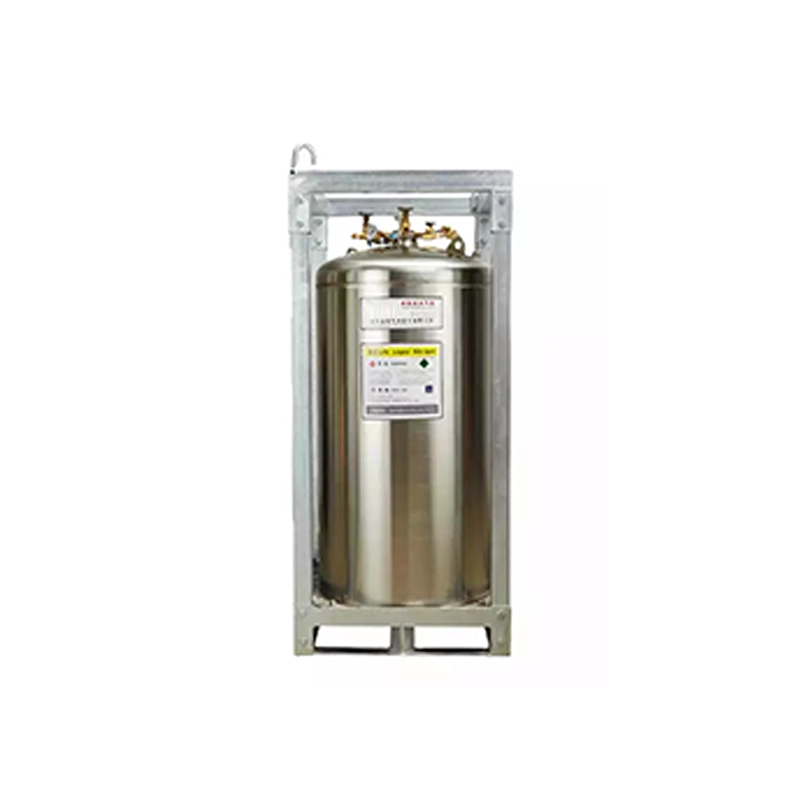The Indispensable Gases Powering Semiconductor and Electronics Manufacturing
Imagine the tiny computer chips that power your phone, your laptop, even your car. These incredibly complex devices are built with extreme precision, and at the heart of their manufacturing lies a silent but essential force: specialty gases. This article explores the crucial role these ultra-high purity gases play in the semiconductor and electronics industries, explaining why their quality is paramount and how they enable the fabrication of the technology we rely on every day. Think of it like this: these gases are the secret ingredients that make modern electronics possible. Understanding their importance is key to understanding the future of technology.
Delving into the Details: The Vital Role of Gases
Let's explore each of these questions in detail.
1. What Makes a Gas a "Semiconductor Gas" or "Electronics Specialty Gas"?
Not all gas is created equal, especially when it comes to the delicate process of semiconductor manufacture. Semiconductor gases, also known as electronic specialty gases, possess exceptionally high levels of purity. This means they are almost entirely composed of the intended gas, with minuscule amounts of other substances, often measured in parts per billion (ppb). Unlike bulk gases used in other industries, these specialty gases are engineered for their specific chemical properties and their ability to perform precise functions in the fabrication of intricate electronic devices. These gases are used not just as raw materials, but as active participants in the complex chemical reactions that build semiconductor devices.
The defining characteristic of an electronics specialty gas is its controlled purity process gases. These gases and gas mixtures are often reactive or inert, carefully chosen for their ability to etch, dope, or create specific layers on a silicon wafer. For instance, some gases are used to deposit thin films (deposition), while others are used in the etching process to remove unwanted material. The stringent requirements of the electronics industry demand supplies of high-purity to ensure the reliability and performance of the final electronic devices. You can explore our range of gases to understand the diversity available.
2. Why is Ultra-High Purity So Critical for Gases Used in Semiconductor Fabrication?
Imagine trying to build a skyscraper with shaky bricks – it simply wouldn't work. Similarly, the fabrication of semiconductor chips demands ultra-high purity. Even trace amounts of impurity in the gases used can have catastrophic consequences. These impurity elements, like oxygen and moisture, can interfere with the delicate chemical reactions during semiconductor production, leading to defects and ultimately, the failure of the semiconductor devices.
The level of purity required for gases in semiconductor manufacturing is among the most stringent in the world. We're talking about ultra-high purity, where even parts per billion of contaminants can be detrimental. For example, the presence of unwanted ions can alter the electrical properties of the silicon, rendering the wafer useless. This is why meticulous quality control and advanced purification techniques are absolutely essential for any supplier of semiconductor gases. Think of it like baking a cake - even a tiny bit of the wrong ingredient can ruin the whole thing.
3. Which Gases are the Workhorses of the Semiconductor Industry?
While many specialty gases play a role, some are indispensable workhorses in the semiconductor industry. Nitrogen is used extensively as an inert gas to create a controlled atmosphere, preventing unwanted chemical reactions. Argon, another inert rare gas, is also crucial for creating these controlled environments, particularly in sputtering and other deposition processes. Hydrogen plays a vital role in reducing oxide layers and as a carrier gas.
Beyond these, oxygen is used in oxidation processes to create silicon dioxide, an important insulating material. Carbon dioxide finds applications in certain etching processes. Helium, another rare gas, is used for leak detection and as a cryogenic coolant. Understanding the specific properties of each gas is crucial for optimizing the various stages of semiconductor fabrication. Just like different tools are needed for different jobs, different gases are needed for different steps in making a chip. You can learn more about our high-quality Nitrogen cylinder options.
4. How is Hydrogen Specifically Used in Semiconductor and Electronics Manufacturing?
Hydrogen is a versatile gas with several critical applications in semiconductor and electronics manufacturing. One of its primary uses is in the reduction of metal oxides. During certain stages of semiconductor fabrication, unwanted oxide layers can form on the silicon wafer. High-purity hydrogen acts as a reducing agent, reacting with the oxide to remove it and leave a clean silicon surface.
Furthermore, hydrogen is frequently used as a carrier gas in various deposition processes. It helps to transport other reactive gases to the wafer surface in a controlled manner, ensuring uniform film growth. The increasing focus on sustainability is also driving interest in green hydrogen for these applications. The precise control offered by hydrogen makes it an invaluable tool in creating the intricate structures of microchips. We offer reliable Hydrogen cylinder solutions for your needs.
5. What Role Does Nitrogen Play in Ensuring Quality in the Semiconductor Industry?
Nitrogen is a ubiquitous and essential gas in the semiconductor industry, primarily due to its inert nature. Its key role is to create and maintain an atmosphere free from reactive elements like oxygen and moisture, which can contaminate the sensitive semiconductor materials and interfere with chemical reactions. Think of it as a protective blanket for the manufacturing process.
Throughout various stages of semiconductor fabrication, from crystal growth to wafer processing and assembly, nitrogen is used to purge equipment, create cleanroom environments, and prevent oxidation. This helps to minimize defects and ensure the high quality and reliability of the final semiconductor devices. The consistent and reliable supply of high-purity nitrogen is therefore paramount for semiconductor manufacturers. Explore our various Nitrogen supply options to ensure your production runs smoothly.
6. Why is Argon Often Preferred as an Inert Gas in Semiconductor Processes?
Similar to nitrogen, argon is a noble gas and therefore chemically inert, making it an excellent choice for creating controlled atmospheres in semiconductor processes. While nitrogen is widely used, argon offers certain advantages in specific applications. Its higher atomic weight compared to nitrogen makes it more effective at preventing the diffusion of unwanted impurity atoms.
Argon is commonly used in sputtering, a deposition technique where a target material is bombarded with ions, causing atoms to be ejected and deposited as a thin film on the wafer. Its inertness prevents it from reacting with the target material or the deposited film. Argon is also used in plasma etching processes. Like nitrogen, a consistent supply of high-purity argon is vital for maintaining the integrity of the manufacturing process. Consider our dependable Argon gas cylinder options for your facility.
7. Beyond the Basics: What Other Electronic Specialty Gases are Essential?
While hydrogen, nitrogen, and argon are foundational, a range of other electronic specialty gases are crucial for specific applications in semiconductor manufacture. Phosphine is a key dopant source for introducing phosphorus into silicon, altering its electrical conductivity. Similarly, arsine (containing arsenic) and diborane (containing boron) are used as dopants.
Helium, a light rare gas, is used for leak detection in vacuum systems and as a cooling agent due to its low boiling point. Fluorine-containing gases, such as sulfur hexafluoride, are used in plasma etching due to their ability to selectively remove materials. The specific combination of gases and gas mixtures used depends on the precise semiconductor processes involved. We offer a wide range of gases to meet diverse manufacturing needs.
8. What Stringent Measures Ensure the High Purity of Semiconductor Gases?
Maintaining the ultra high purity of semiconductor gases requires a multi-layered approach with extremely stringent measures at every stage, from production to delivery. Purification processes involve advanced techniques like distillation, adsorption, and membrane separation to remove even trace amounts of impurity. Sophisticated analyzers are used to continuously monitor the gas purity.
Cylinders used for storing and transporting these gases undergo rigorous cleaning and testing to prevent contamination. Suppliers in this industry must adhere to the highest quality control standards and often hold certifications demonstrating their ability to meet these demanding requirements. The entire supply chain is designed to minimize the risk of introducing any impurity into these critical materials. Our factory with 7 production lines ensures the highest standards of purity.
9. How Does Impurity in Semiconductor Gases Impact the Final Electronic Product?
The impact of even minuscule amounts of impurity in semiconductor gases can be significant, leading to defects and reduced performance in the final electronic devices. Contaminants can disrupt the delicate chemical reactions during deposition and etching, leading to non-uniform layers or unwanted etching. Impurity atoms can also be incorporated into the silicon lattice, altering its electrical properties and potentially causing device failure.
Ultimately, impurity can decrease the yield of functional semiconductor devices, increase manufacturing costs, and compromise the reliability of the final electronics. This is why the semiconductor industry places such a strong emphasis on the gas purity and works closely with suppliers who can guarantee the required ultra-high purity. Imagine a single speck of dust ruining a microscopic circuit - that's the scale of the challenge.
10. Looking Ahead: What are the Future Trends in Gases for Semiconductor and Electronics?
The semiconductor industry is constantly evolving, and the demands on semiconductor gases are changing with it. Trends include the increasing demand for even higher purity gases as feature sizes on chips shrink. There's also a growing focus on developing new specialty gases and gases and mixtures with enhanced properties for advanced manufacturing techniques.
Sustainability is another key driver, with increasing interest in green hydrogen and other environmentally friendly gases. The development of advanced analyzer technology for detecting even lower levels of impurity will also be crucial. The future of electronics is inextricably linked to advancements in the production and handling of these essential gases.
Key Takeaways: The Importance of Semiconductor Gases
- Specialty gases with ultra-high purity are essential for semiconductor and electronics manufacturing.
- Even trace amounts of impurity can severely impact the quality and reliability of electronic devices.
- Nitrogen and argon are crucial for creating inert atmospheres, while hydrogen is vital for reduction and carrier applications.
- A range of other electronic specialty gases, like phosphine and helium, are used for specific processes.
- Stringent measures are in place to ensure the high purity of these gases throughout the supply chain.
- The future of the electronics industry depends on continued innovation in semiconductor gas technology.
For reliable supplies of high-purity industrial gases, including nitrogen, argon, and hydrogen, contact us at Huazhong Gas. You can also explore our offerings for Low temperature insulated gas cylinder and our range of Argon gas cylinder.






